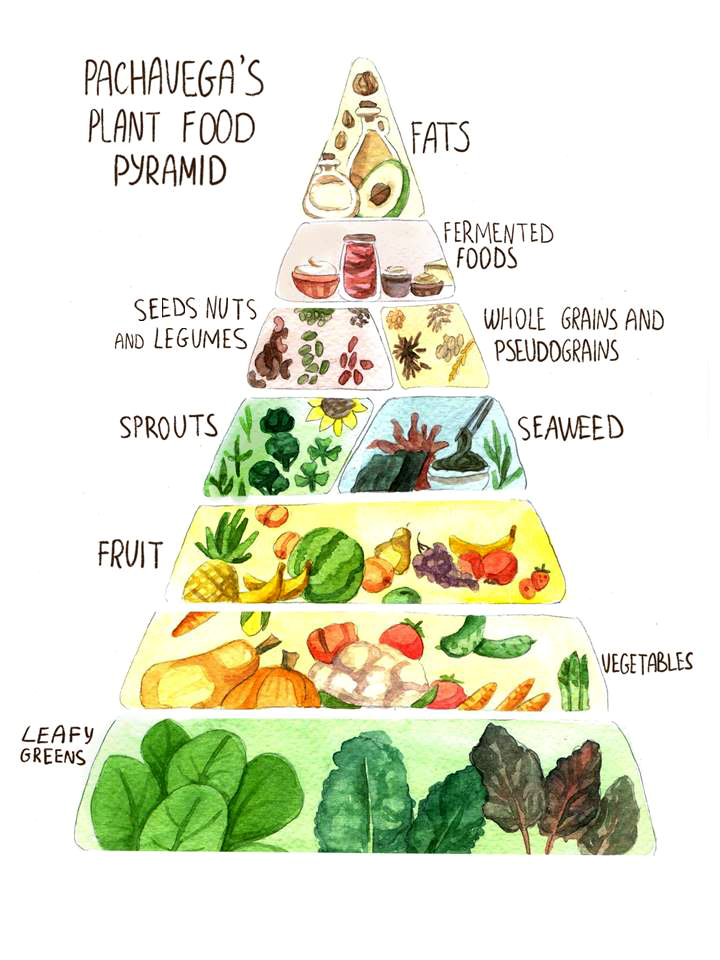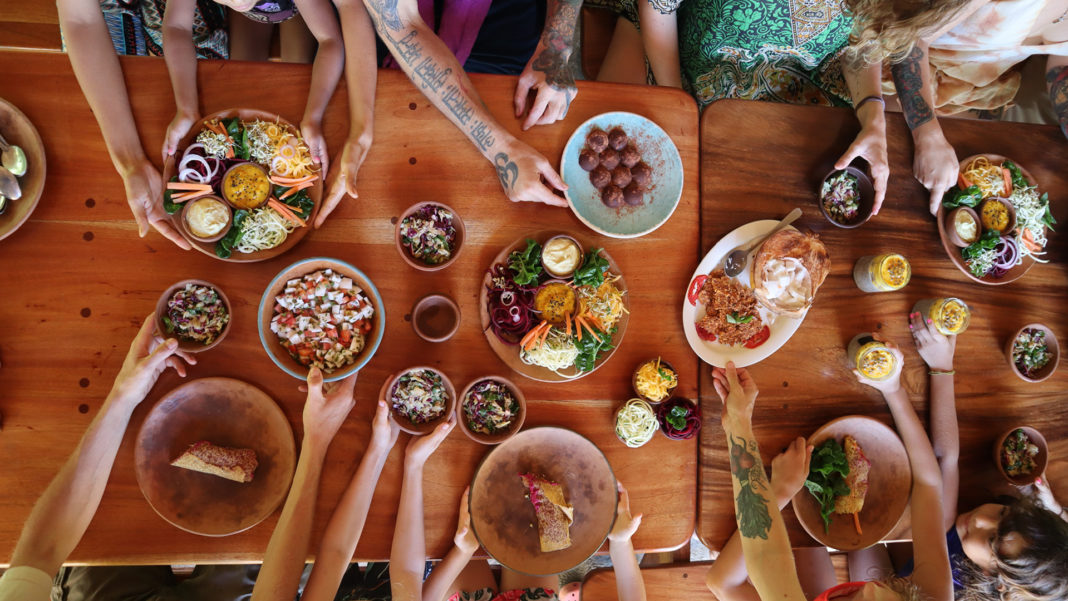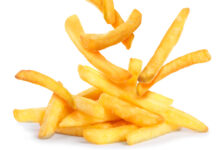Eating exclusively raw-food may seem like another diet trend that people have recently adopted. However, the practice of eating raw food has been around for millennia. We could call today’s raw-food diet a cultural, nutritional and culinary renaissance.
People are growing more aware of the impact their food choices make on their overall health. They see their grandparents, parents, people their age or even younger succumbing to the ever-evolving illnesses that plague even the most developed countries, in which poor diets play a big role. There is no better time than right now to change our eating habits. It’s the small, permanent changes that will make all the difference in our health and longevity.
WHY CONSUME A RAW-FOOD DIET?
Reasons for consuming a raw, plant-based, whole-foods diet is mainly for its health benefits.
Studies have shown that cooking food diminishes the quality and quantity of the enzymes and nutrients of the food. Although cooked food is still loaded with proteins and minerals, by keeping produce as unprocessed as possible, it is ensured that enzymes and vitamins aren’t denatured and are absorbed and utilized by the body once ingested. The more intact nutrition we receive, the more life-energy we will get from our food.
Subscribing to a raw-food diet also encourages the consumption of a wide variety of colourful, fresh produce, with abundant phytonutrients and antioxidants that assist the human body to function properly and fight off infections, viruses, diseases, and health complications in general. Due to the increase in the consumption of insoluble and soluble fibre, better digestion ensues and assists with weight management while plant enzymes in their alive-form improve nutrient absorption.
When we eat a variety of these foods, we are giving our microbiome a variety of fuel as well. Current scientific research on the gut microbiome shows that the diversity of your diet can boost your immune system. By building the health of your inner terrain, you improve the functionality of your digestive tract.
Raw foods, and in particularly adaptogens, have been found to be highly beneficial in terms of generating more energy for daily activities and managing stressful conditions by helping to regulate the nervous system.
HOW TO MAKE THIS LIFESTYLE EASY AND SATISFYING?
Preparation. Preparation is key. Start by searching online for your favorite dishes, made into the “raw vegan” version. Print some recipes and then shop for ingredients. Planning your meals, or even just chopping a bunch of fresh veg will make it so much quicker to throw a meal together in a flash. Whip up a few tasty sauces to pour on top and rotate for four days. Have some fresh herbs and sprouts on hand to toss on top of every meal. These critical first steps ensure that next time you get hungry, you don’t reach for chips or head to the closest “healthy-but-still-probably-uses-canola-oil restaurant”. By making the ingredients convenient when you need them, you’re setting yourself up for success, one meal at a time.
Variety. Don’t settle for just salad, look for options – hot and cold, different cuisines, flavors, textures. Make it fun – there are raw-food versions and substitutes for almost anything. When in doubt, eat the rainbow. Variety allows for sustainability in terms of flavour, satiety, and nutrition. Even raw food can be warm, just not scalding hot. Food is still considered raw if never heated above 118 F.
Education. This is the most important aspect which ties everything together. Learn about the different food products and techniques that support the body’s needs and your goals. Dig deep into the research and the inspirational raw-food recipes, found online, in cookbooks and e-courses. You have infinite resources available to you.
Consistency. You do not have to go fully raw-food overnight. It’s not grand gestures that make the most difference, but small consistent habits. This may mean incremental changes in one’s diet. We’re human and may experience cravings. This is all okay. It is about discernment and knowing that failing sometimes does not define us. Continue until you find a balance that works for you.
Try the Microgreens Mexi Salad with No-Bean Cilantro Cumin Crumble and Smoked Dressing for a flavour-packed raw salad.
See recipe Microgreens Mexi Salad.
You May Also Like:
Raw Carrot Cake with Cashew Cream Cheese Frosting
Raw Raspberry Cheesecake

WHAT TO EAT?
• All fresh and dried fruits
• All raw vegetables, made into burgers and pates
• Raw nuts and seeds (soaked and sprouted)
• Raw grains and legumes (soaked and sprouted)
• Raw nut butters and nut milks
• Cold-pressed olive and coconut oils (sparingly)
• Fermented foods like kimchi, sauerkraut, miso
• Seaweed and algae (nori, dulse, spirulina, chlorella)
• Sprouts (radish, lentil, sunflower, broccoli)
RISKS OF A RAW-FOOD DIET
Not every food can be consumed raw. While there are many benefits to eating a raw, whole-food, plant-based diet, there are a few things to be aware of:
• Pesticide, fungicide and other chemicals residues and pathogens in non-organic produce
• Nutrient-deficiency symptoms and conditions due to lack of variety
• Weight loss in active people due to inherently lower caloric content of raw foods
• Leaky gut susceptibility if antinutrients from legumes and seeds are not removed by soaking and sprouting – raw almonds should be soaked before eaten, due to the enzyme inhibitors present in the skin.
• Food poisoning from food that is easily contaminated or from those that require thorough cooking like cassava and kidney beans
Photography by Brett Cherry; Food Pyramid: Pachavega Living Foods Education

Read This Story in Our 2022 Summer Outdoor & Travel Digital Edition
Cold Water King, Core-Centric Fitness, Prepare for Hiking Season, Mountain Bike Fundamentals, The Simple Ways Movement Gives Us ‘Hope’, recipes and much more!

















